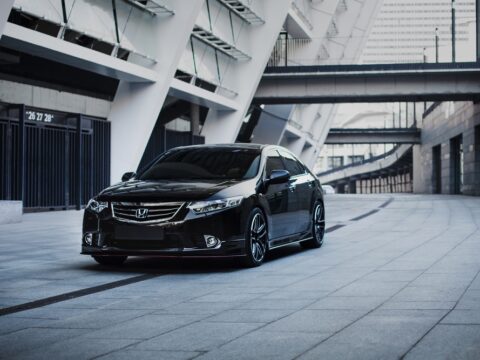Military pilots operate some of the most advanced and powerful machines in the world, but these aircraft are not without their challenges. While they are designed to perform under the most extreme conditions, certain features can make a pilot’s job more difficult and, at times, downright frustrating. From the discomfort of prolonged seating to the complexities of managing high-tech systems, these issues can take a toll on both the physical and mental well-being of the pilots who fly them.
Despite the cutting-edge technology and engineering that go into military aircraft, the reality is that they are far from perfect. The very features that make these machines capable of extraordinary feats can also be the source of significant irritation for those at the controls. Understanding these frustrations offers insight into the daily challenges faced by military pilots and highlights the ongoing need for improvements in aircraft design and ergonomics.
Contents
Uncomfortable Seating and Ergonomics
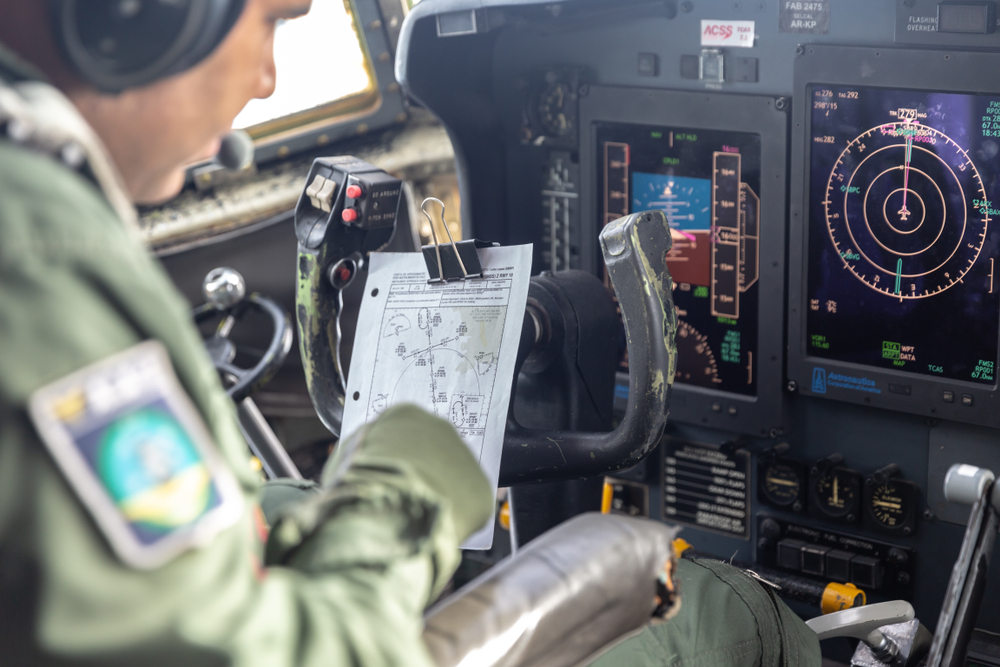
Uncomfortable seating and poor ergonomics in military aircraft are significant sources of frustration for pilots. These seats are designed more for durability and safety rather than comfort, often leading to physical discomfort during long missions. The cramped cockpit environment, combined with the rigid seating, can cause back pain, numbness, and muscle fatigue, further exacerbating the challenges faced during extended flights. In combat or reconnaissance missions, where focus and quick reflexes are critical, discomfort can distract pilots, reducing their effectiveness and increasing the likelihood of errors.
Complex Cockpit Controls
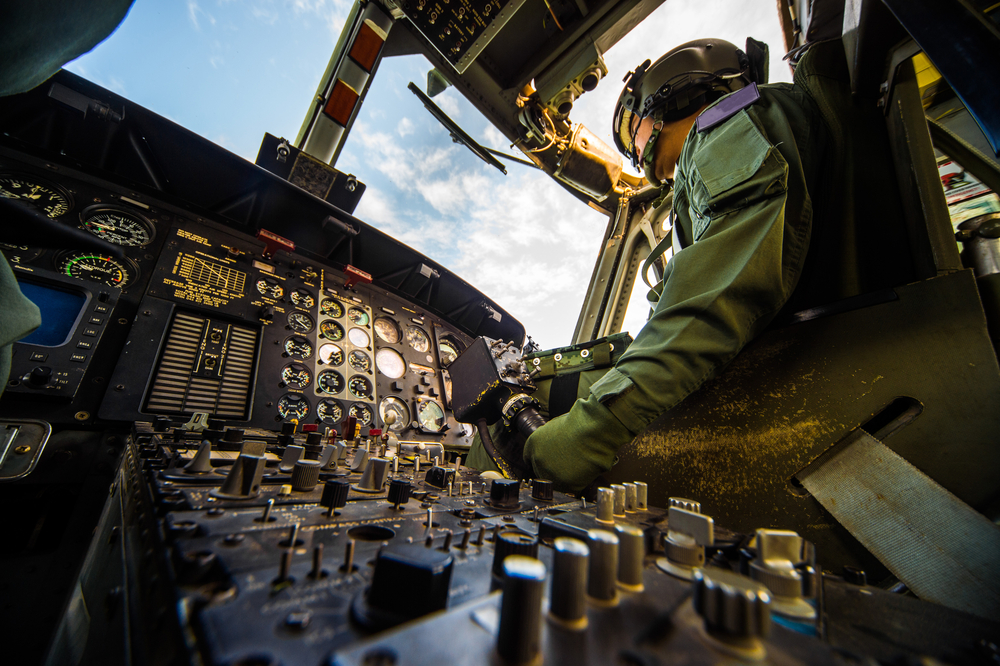
The complexity of cockpit controls is another major frustration for military pilots. Modern military aircraft are equipped with an array of sophisticated systems, each with its own set of controls and displays. Managing these controls requires a high level of concentration and expertise, especially during high-pressure situations. Pilots must quickly interpret data and make split-second decisions, but the overwhelming number of controls can lead to confusion, mistakes, and slower response times. The constant need to navigate through these complex systems while maintaining situational awareness adds significant mental strain, making missions more challenging and exhausting.
Limited Visibility
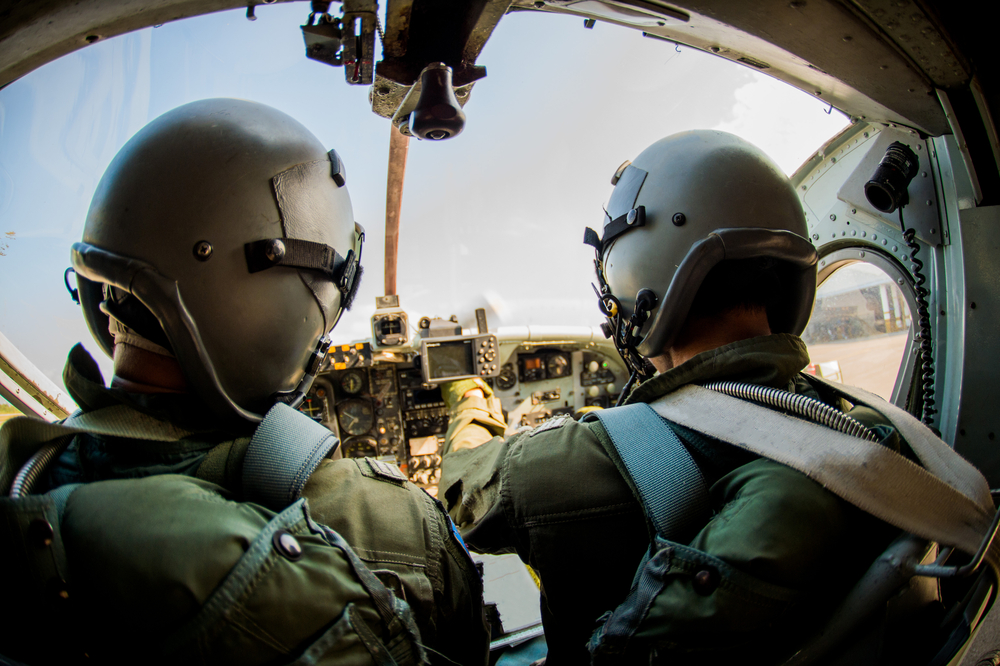
Limited visibility is a critical issue in many military aircraft, particularly in older models or those designed primarily for speed and stealth. The design of the cockpit, often with thick canopy frames and small windows, restricts the pilot’s field of view. This limitation makes it difficult for pilots to spot enemy aircraft, assess the battlefield, or navigate through adverse weather conditions. In combat scenarios, where quick visual identification is crucial, limited visibility can put pilots at a severe disadvantage, increasing the risk of collision, misjudgment, and mission failure.
Technological Failures
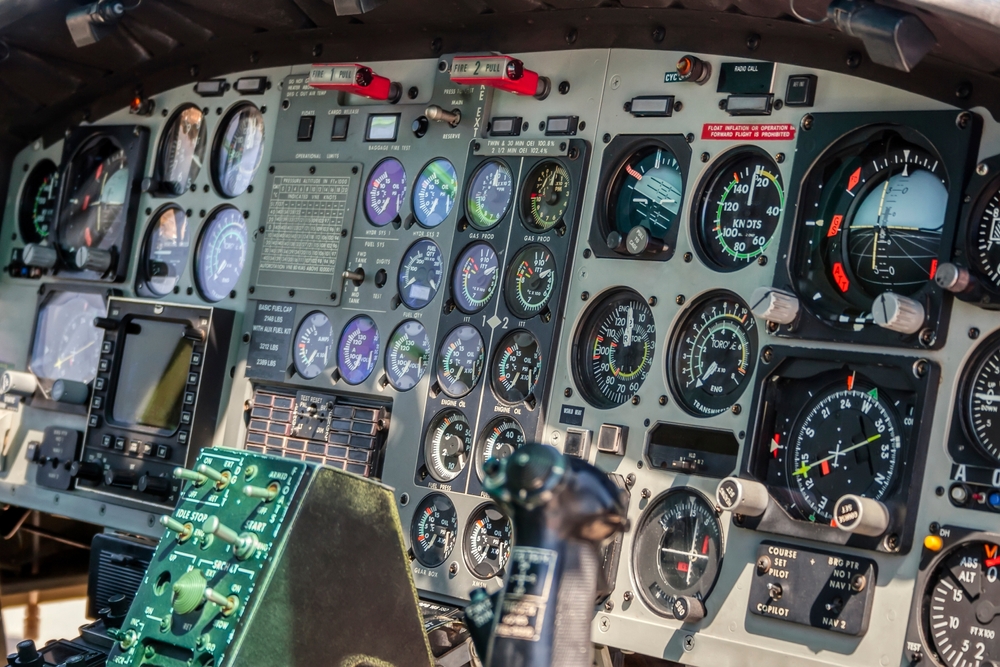
Despite the advanced technology in modern military aircraft, technological failures remain a persistent issue that frustrates pilots. These aircraft rely on complex avionics and computer systems that, when functioning correctly, enhance mission capability and safety. However, these systems are not infallible and can fail at critical moments. Whether it’s a malfunctioning radar, communication breakdown, or software glitch, such failures can jeopardize the mission and put the pilot’s life at risk. Pilots must often rely on manual overrides or backup systems, which adds to their workload and stress, particularly during high-stakes operations.
Complex Communication Systems
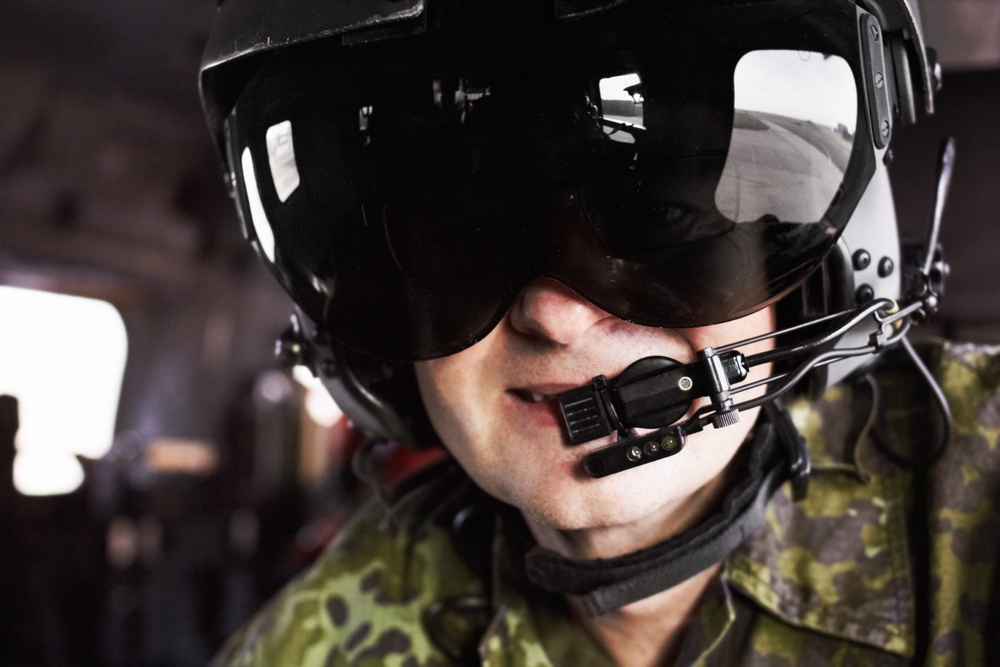
Complex communication systems in military aircraft can be a source of frustration for pilots, particularly during high-stress operations. These systems are designed to handle multiple channels and frequencies simultaneously, allowing pilots to communicate with various units, including ground control, other aircraft, and command centers. However, the need to constantly switch between channels and manage communications can be overwhelming, especially in combat situations where every second counts. Miscommunication or delays caused by these complex systems can lead to critical errors, making it one of the more stressful aspects of flying military aircraft.
Limited Storage Space
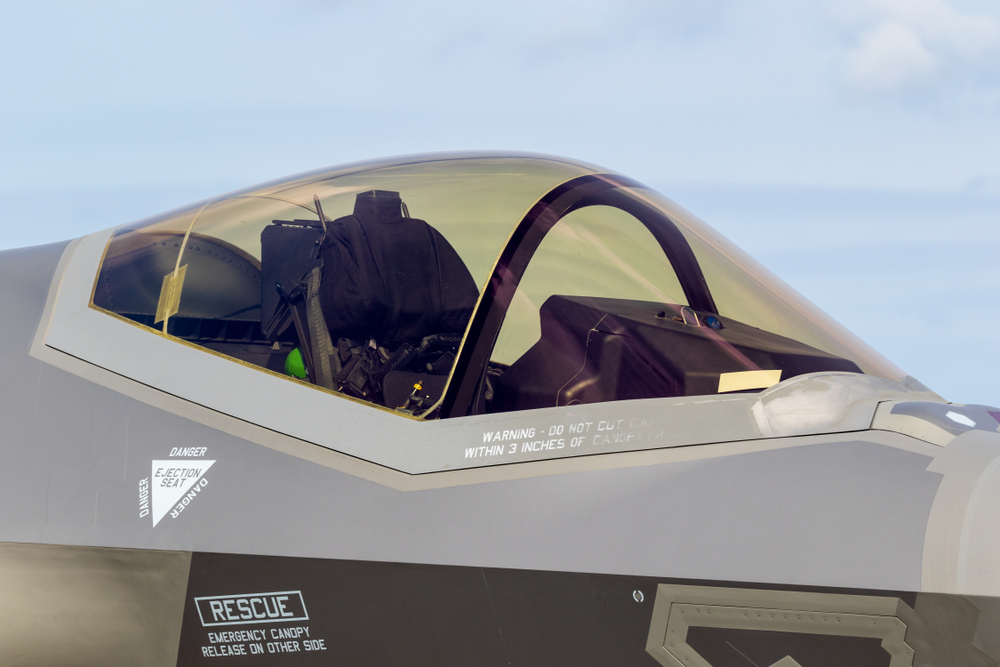
Limited storage space in military cockpits can be another frustrating aspect for pilots. Military missions often require pilots to carry essential gear, documents, and personal items, but the compact and utilitarian design of most cockpits leaves little room for storage. Pilots must often improvise by securing items in tight spaces, which can be inconvenient and even hazardous if loose objects shift during flight. The lack of accessible storage adds to the logistical challenges of long missions, where pilots need quick access to items like maps, food, and water, further complicating an already demanding job.
High Noise Levels Inside the Cockpit

High noise levels inside the cockpit are a significant source of discomfort and frustration for military pilots. Despite wearing noise-canceling headsets, the intense sound from the aircraft engines, wind, and other environmental factors can still permeate the cockpit, causing hearing fatigue and reducing the clarity of communication. Over time, prolonged exposure to such high decibel levels can lead to hearing loss and other auditory issues. The constant noise also adds to the overall stress of the flight, making it harder for pilots to concentrate, communicate effectively, and maintain situational awareness.
Strict Maintenance Requirements

Strict maintenance requirements are a double-edged sword for military pilots. While they ensure the safety and reliability of the aircraft, they also contribute to the frustration due to the time-consuming and rigorous checks that must be performed before and after each flight. Pilots are often involved in these maintenance procedures, which can delay missions and add to their workload. The complexity of modern aircraft means that even minor issues can ground the plane for extended periods, disrupting training schedules and operational readiness. This reliance on meticulous maintenance can be frustrating, especially when mission deadlines are tight.
Physical Strain
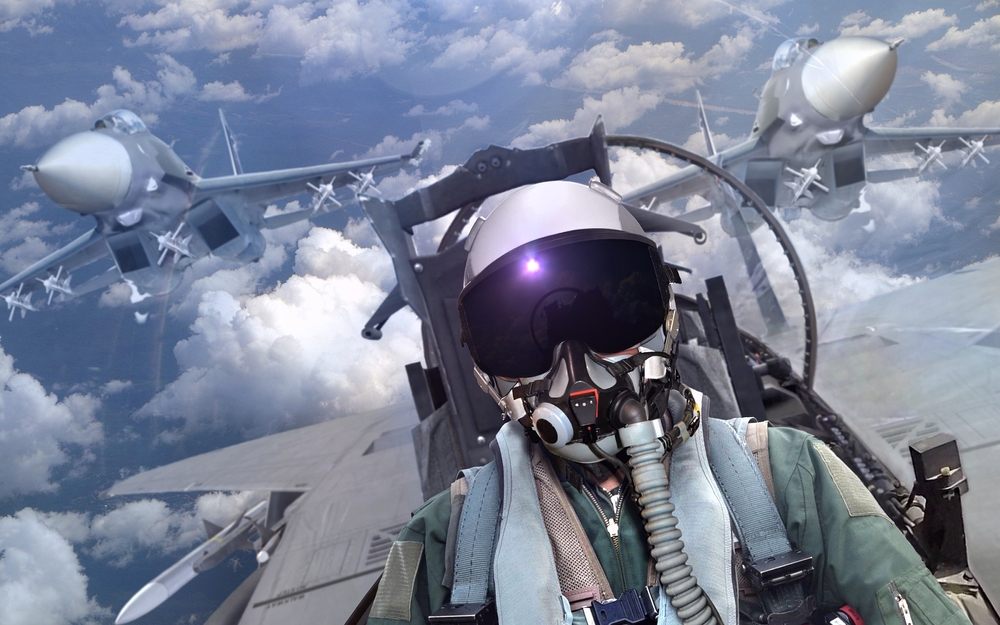
Physical strain is an inevitable aspect of flying military aircraft, and it’s one that pilots find particularly challenging. High-G maneuvers, prolonged periods of immobility, and the physical demands of controlling the aircraft can lead to severe strain on the body. Pilots often experience intense pressure on their spines, necks, and limbs, which can result in long-term health issues. The need to maintain physical conditioning to handle these stresses adds another layer of difficulty to an already demanding profession. The physical toll of flying military missions can lead to fatigue, reduced endurance, and ultimately, a decrease in operational effectiveness.
Poor Climate Control
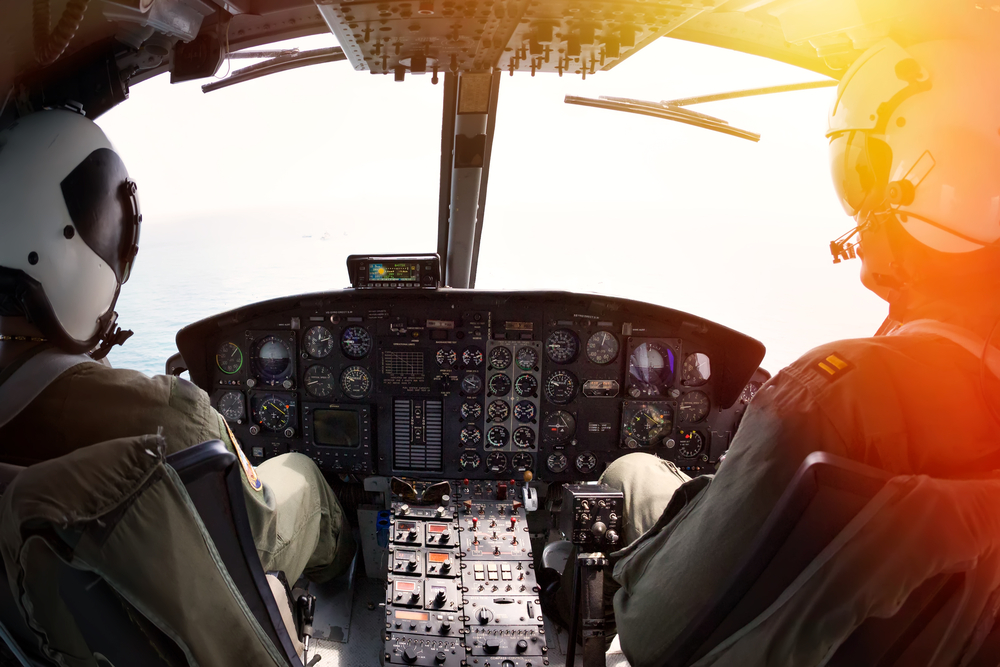
Poor climate control in military aircraft can be a significant source of discomfort and frustration for pilots. Many military aircraft are designed with performance and durability in mind, often at the expense of comfort features like effective heating and cooling systems. During missions in extreme temperatures, whether flying over hot deserts or frigid polar regions, inadequate climate control can make the cockpit environment unbearably hot or cold. This not only affects the pilot’s physical comfort but can also impact their concentration and performance, leading to increased fatigue and potential errors during critical operations.
This article originally appeared on MyCarMakesNoise.
More from MyCarMakesNoise
12 Overlooked Minivans Perfect for Families

When it comes to family vehicles, minivans often lead the pack with their unbeatable combination of space, comfort, and utility. Yet, amidst the popularity of SUVs and crossovers, some exceptional minivans tend to fly under the radar, deserving more recognition than they typically receive. Read More.
10 Common Boat Handling Mistakes to Avoid

Boating is both an art and a science, requiring a passion for open water and a deep respect for the intricacies of boat handling. Even the most experienced mariners can make simple mistakes that lead to serious consequences. Read More.
13 Summer Maintenance Tips for Your RV

As the summer sun beckons families and adventurers alike to hit the open road, ensuring your recreational vehicle is in top shape is crucial. Summer brings with it the promise of unforgettable road trips and outdoor fun, but the high temperatures and extended use can take a toll on your RV. Read More.

